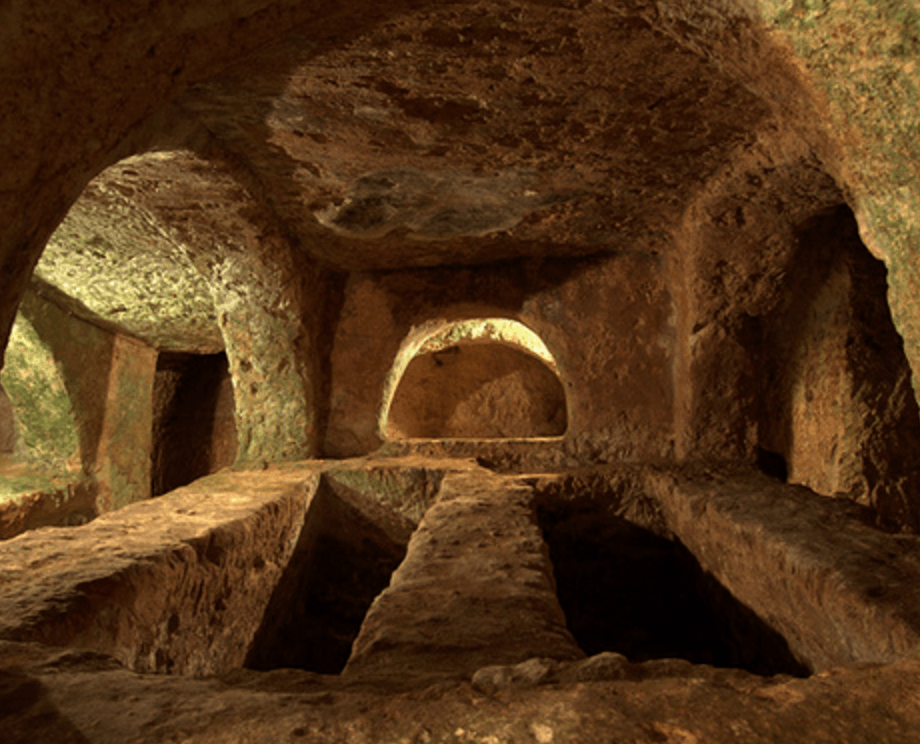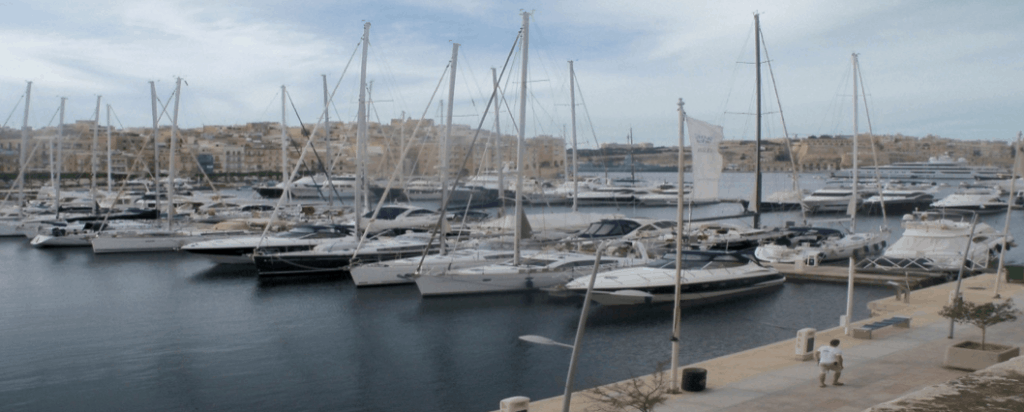For the Maltese economy, the tourism industry plays a very essential role since it is one of the sectors which generate a substantial amount of money throughout the year. Although the islands of Malta and Gozo are quite small when compared with other countries, engraved to them one can notice a plethora of heritage sites that our past generations had conserved and passed on to us.
Heritage can be defined as a tool which offers to us a sense of identity vital for every individual and this in turn provides us with a sense of protection. Nowadays, importance is placed on the conservation of the cultural and built heritage since it has become an issue of international significance. Natural heritage does not only entail the material products but also the aesthetic beauty of the location.
The visitors’ experience will be affected by the visual aspects of the site; therefore, one must consider the quality of the environment and protect these heritage sites accordingly. Proper management and interpretation of the site is essential, however this requires a long-term commitment as well as constant monitoring and evaluation. Consequently, by focusing on the catacombs, these factors will be considered thoroughly and extensively so as interlink management and interpretation together with public consumption.
Top Attractions in Malta
Let’s split the top attractions in Malta in two. These are places/towns attractions and also historical attractions.
Places of interest
Historical Attractions
- Fort Rinella
- Saint Paul’s Catacombs
- Malta Maritime Museum
- Mnajdra & Hagar Qim
- National Museum of Archeology
- Palazzo Falson
- Tarxien Temples

If one takes a good look at the Maltese Islands it is immediately noticeable that there are a number of attractions situated around the island. To make sure that these historical sites will be conserved and kept authentic as possible Heritage Malta was inaugurated. Heritage Malta is governed by a Board of Directors; all the directors and the chairman who leads the board are appointed for three years by the minster.
Heritage Malta
At its earlier stages the main aim by which Heritage Malta started off was that of managing the museums and the sites. However, with the introduction of the act enacted in 2002, this national organization took the place of the former departments. Moreover, in 2005 Heritage Malta was also known as the agency responsible for conservation. Nowadays, one can define this agency as the national agency that is responsible of 31 sites consisting of Museums, Prehistoric Megalithic Temples, Underground chambers, Catacombs and Cultural Heritage sites around Malta and Gozo.

Furthermore, one can say that Heritage Malta had managed to sustain these sites in such a good way. Indeed the city of Valletta, “Hal Saflieni” Hypogeum and the Megalithic Temples of Malta are considered as UNESCO World Heritage sites while several more attractions such as the Coastal Cliffs, the Azure Window (hopefully you had to visit it before it collapsed), the “Citadella”, the Knights Fortifications around the harbor’s of Malta, Imdina, the Maltese Catacomb Complexes and the Victoria Lines Fortification were submitted on the tentative list to become World Heritage Sites.
Heritage sites are opened for the public every day except for Christmas Eve, Christmas day, New Year’s Eve, New Year’s Day and Good Friday. The sites are opened from 9am till 5pm the last admission being at 4.30. The sites which are only opened by appointment are “San Pawl Milqi, Burmarrad”, “Tal-Mintna Catacombs”, “Borg in-Nadur, Birzebbuga” and “Xaghra” stone circle, “Xaghra” Gozo.
